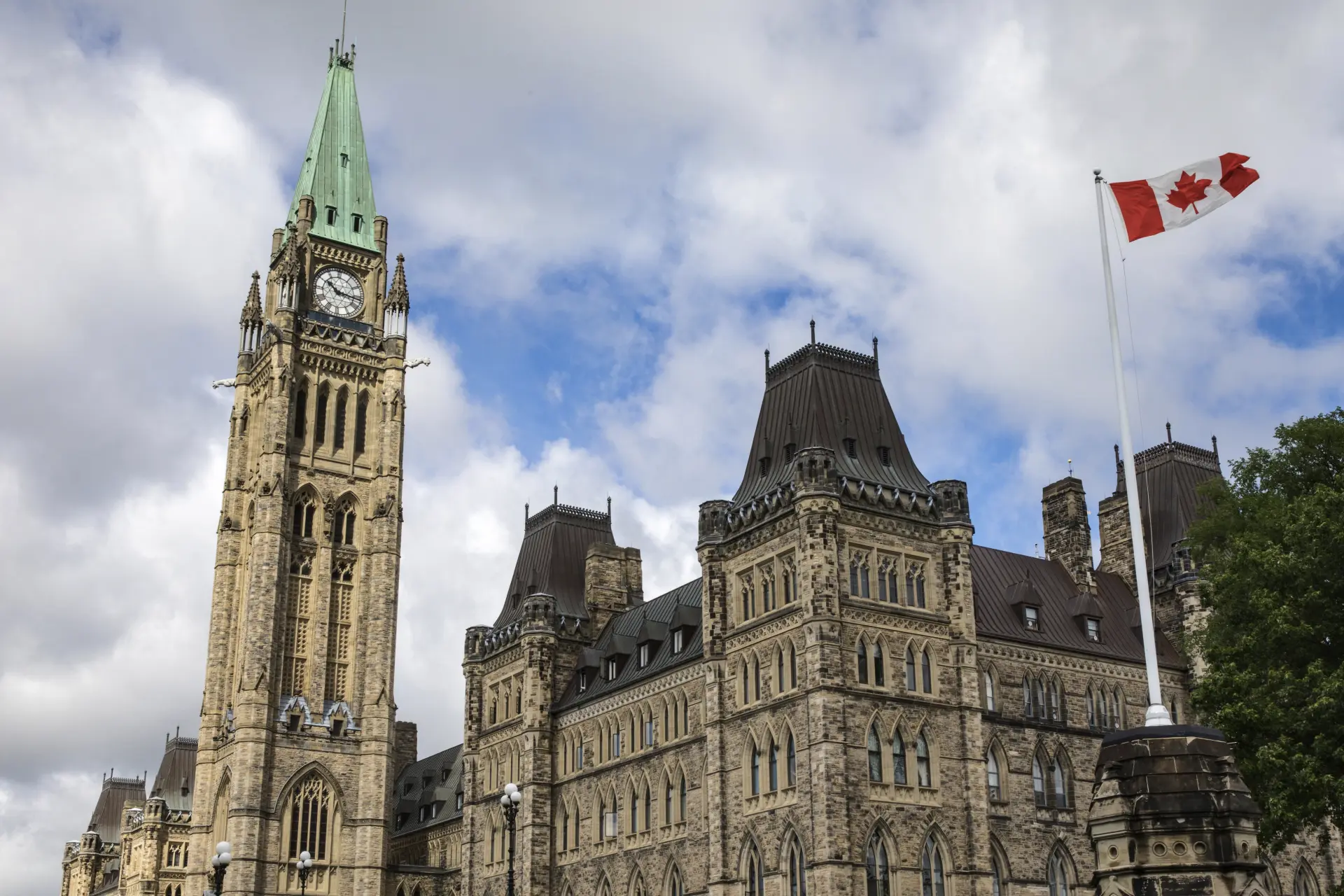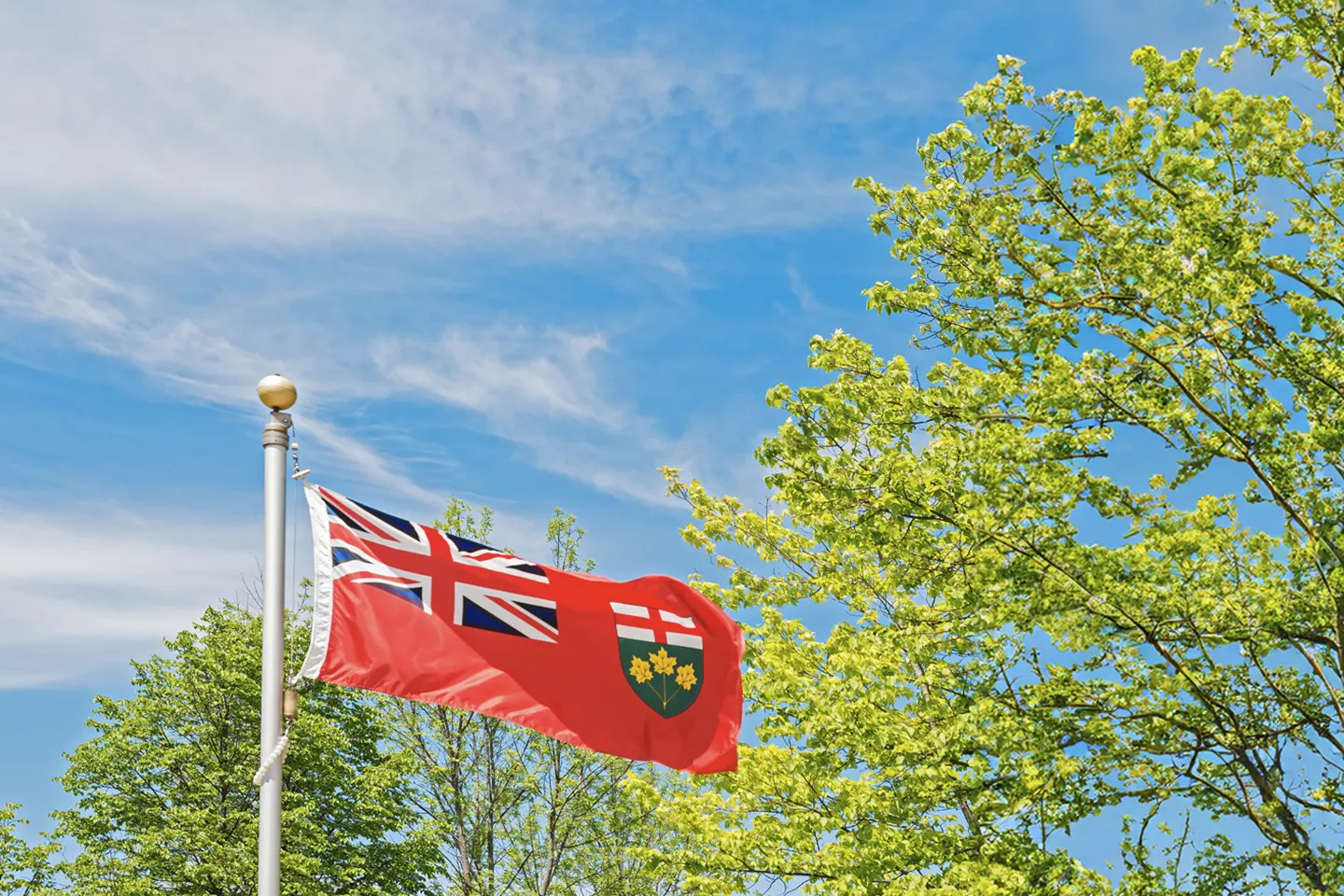PART 1: New Political Advertising Rules Under the Elections Modernization Act

On June 30, the pre-writ period of the Elections Modernization Act came into effect, an act that aims to “safeguard Canadians’ trust in our democratic processes and increase participation in democratic activities.”
What are the New Rules?
The Act outlines several changes for political advertising during the election, including:
- Defines the Pre-Writ Period with Spending Limits: The Act creates a “pre-writ” period from June 30 until the writ drops, in which political parties can spend a maximum of $2.046 million and third-party organizations can spend up to $1.023 million until the writ drops (likely in September). Once the writ drops, parties’ spending limit is based on the number of electors per electoral districts, but third-party organizations can only spend up to $511,700 nationally with a maximum of $4,386 per electoral district. The purpose of these changes is to “create a level playing field among registered parties,” but some analysts question whether the rule will achieve this goal (See “Implications” to learn more).
- Adds Reporting Requirements for Political Advertising: With an election registry on the Elections Canada website, political parties and third-party organizations are now required to report all digital “partisan expenses” that cost $500 or more and who these particular ads target, and identify who has made contributions to the organization. The Act also requires political parties and third-party organizations to identify themselves as being behind a political ad that is posted online.
- Protects Canadians Against Foreign Interference: Lastly, the Act serves to prevent foreign interference by prohibiting foreign entities from purchasing regulated ads during the election period. However, it is unclear how this will come into practice, especially with CSIS reporting that foreign influence campaigns to target Canadians and political parties are already underway.
What are the Implications of these Rules?
The overall goal of the Elections Modernization Act is to create a level playing field: a $2 million spending cap is meant to contain the advantage that the Liberals and Conservatives have when it comes to fundraising over parties like the NDP and Greens (in the second quarter of 2019, the Liberals and Conservatives raised $5 million and $8.5 million respectively, while the Greens raised nearly $1.44 million and the NDP raised just over $1.43 million).
Before the pre-writ period, basketball fans viewers will remember the veritable deluge of political ads playing on TV during the Raptors Finals, where political parties and organizations, like Engage Canada and Shaping Canada’s Future, took full advantage of their flush of available funds to spend before June 30. It was a tactical move: with reports showing that 7.7 million Canadians tuned in to Game 6, political organizations were able to reach nearly half of all Canadians – if they could afford it. With high price tags (one 30-second TV spot reportedly cost between $50,000 to $80,000), this was a playing field exclusively for the biggest spenders.
Proponents of the Act argue it would contain this pay-to-play situation reoccurring during the election, but political parties and third-party organizations are finding creative ways communicate their message to voters without violating the new rules.
For example, one point of interest in the Act is how it defines “partisan advertising” versus “issue advertising.” Partisan activities are defined as advertising that mentions a particular candidate, party, or platform. All partisan activities that cost more than $500 must be registered with Elections Canada immediately after incurring the expense. Issue advertising is an ad that addresses a particular issue but does not necessarily qualify as partisan (and therefore does not need to be registered with Elections Canada) so long as it is not clearly associated with or explicitly mentions a candidate, party, or party platform.
This distinction between partisan advertising and issue advertising can mean that third-party organizations with significant fundraising capacity should be able to advertise around issues to their heart’s content, so long as the content avoids specifically referencing a party platform or mentions a candidate; however, the lines became rather blurry around the issue of climate change on August 19. After Peoples Party of Canada Leader Maxime Bernier questioned the urgency and legitimacy of man-made climate change, Elections Canada warned environmental third-party organizations that discussing the dangers of climate change in a paid ad may be considered partisan advertising. Analysts criticize Elections Canada for this move, stating that this creates a lot of room for parties to politicize issues unnecessarily, and effectively “muzzle” third-party organizations who want to maintain their tax exempt status.
Similarly, while political parties and third-party organizations are required to report on ads they pay to amplify on social media (i.e. paying for more people to view your ad), organic content they share with their followers does not count toward the total spending limit. This advantages politicians and organizations with large social media followings, like Prime Minister Justin Trudeau and Engage Canada, because they can share their message without tapping into their allocated budget and also because users view organic content as more trustworthy than paid content.
What Now?
Now that we’re in the pre-writ period, political parties and third-party organizations are required to post their spending and who their ads are targeting on Elections Canada’s website immediately after incurring the expense, which gives us a peek into the kind of influence third-party organizations have on our elections. As of July 17, the first two third-party organizations have registered their advertising expenses and donors on Elections Canada’s website, Canada Growth Council and Fair Vote Canada.
However, digital-savvy parties and organizations are finding innovative, creative ways of navigating the new election rules – especially on social media. To read more, stay tuned for Part Two where we'll discuss the role of social media advertising in the election.
While there are still a lot of questions about how these rules are coming into practice, we at Sussex can help organizations navigate the new campaign advertising rules while still getting your message in front of voters, key stakeholders, and political decision-makers this election season.


